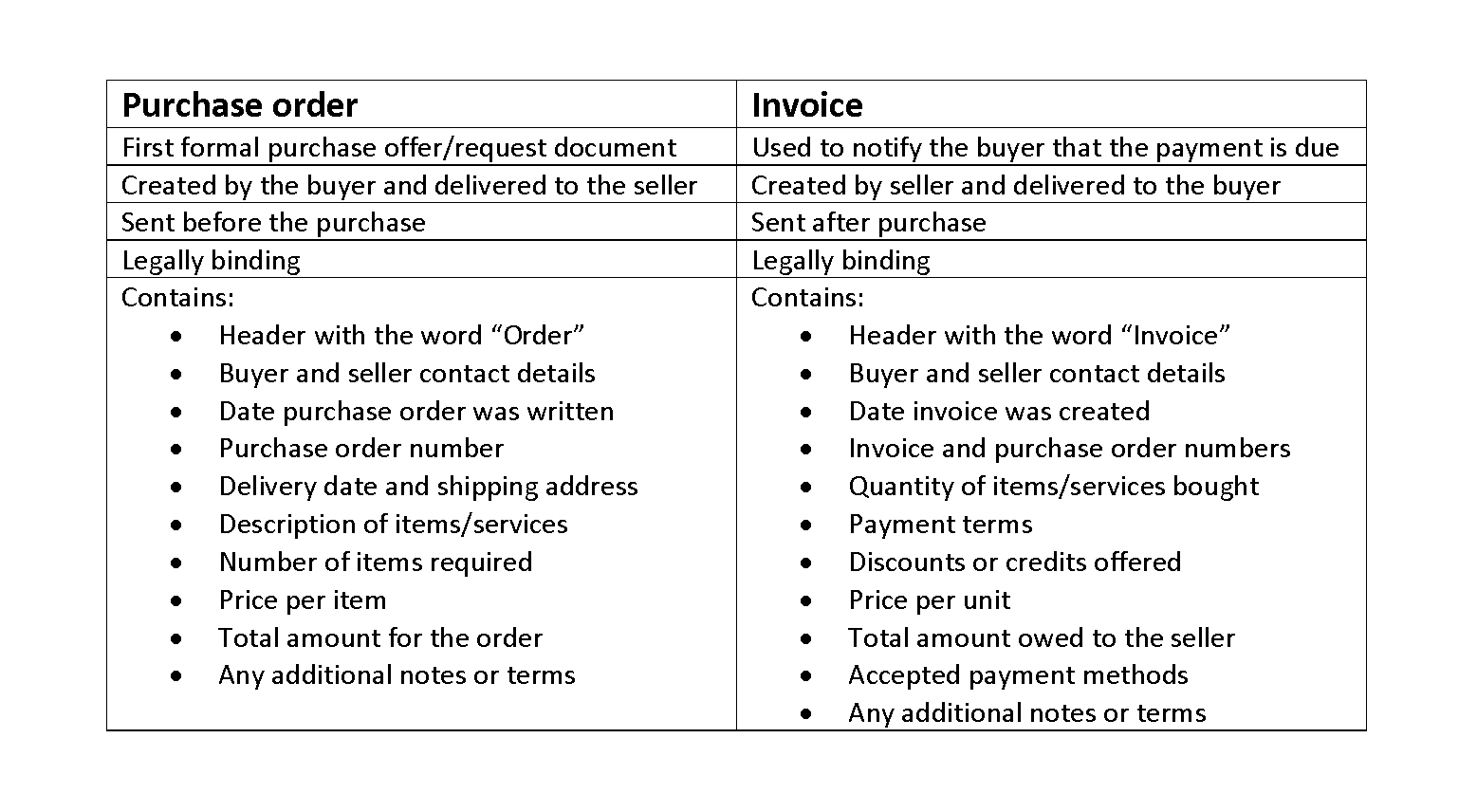Direct vs Indirect Costs: Key Differences and Examples

Direct costs can be variable or fixed, but most fluctuate according to sales or production. To meet the direct cost definition, the expense should connect to core production or department operations and wouldn’t exist if the activity didn’t exist. Businesses and accountants do not utilize a standardized approach or formula to compute period costs. Management accountants must frequently scrutinize a company’s expenses to determine which are period costs and which are production costs unearned revenue before adding them to the income statement. Once they’re on the income statement, the accountant can deduct them from the gross profit to calculate the period’s net income. Period costs include selling and distribution expenses, and general and administrative expenses.
Related AccountingTools Course
By properly classifying costs as either Period Costs or Product Costs, Airbnb Accounting and Bookkeeping businesses can assess their profitability, make informed pricing decisions, and allocate resources effectively. Managing fixed period costs involves careful budgeting and planning to ensure that the business can cover these expenses even during periods of low revenue or economic downturns. In this guide, we’ll delve deep into the world of Period Costs, exploring their definition, types, significance in financial analysis, methods of allocation, and strategies for effective management. Whether you’re a business owner, manager, or investor, grasping the concept of Period Costs is essential for making informed decisions, optimizing resources, and ultimately achieving financial success.
You May Also Like Related to Cost Accounting
For example, if you alter insurance premiums or even switch to a firm with lower premiums, the price difference must be reported. Reassessing your period costs may assist you in identifying areas where you can save money. Some materials (such as glue and thread used in manufacturing furniture) may become part of the finished product, but tracing those materials to a particular product would require more effort than is sensible.
Create a free account to unlock this Template

Understanding the different types of period costs allows businesses to analyze their financial performance and make informed decisions. By evaluating selling and marketing expenses, administrative expenses, and research and development costs, organizations can gain insights into their profitability and allocate resources effectively. They are identified with measured time intervals and not with goods or services. Period costs can be defined as any cost or expense items listed in the firm’s income statement.
How To Start A Business In Indiana Step-By-Step Ultimate Guide

Indirect labor consists of the cost of labor that cannot, or will not for practical reasons, be traced to the products being manufactured. This cost is excluded from the cost of goods sold, which is reported in the top line of the income statement. Instead, these expenses are attributed to general administrative and selling expenses. As per the vignette, the travel and entertainment expenses boost employee morale and support, which improves work performance and increases product quality. For an expense to categorize as a period expense, it should be incurred periodically and not related to the product.
In short, all costs that are not involved in the production of a product (product costs) are period costs. Indirect costs are expenses that period costs apply to multiple activities as part of daily operations. These overhead or operating costs include fixed and variable expenses, such as rent and utilities. It’s challenging to allocate indirect costs to a specific product, service, or project. However, you can use a cost allocation process with accounting software or an enterprise resource system to distribute expenses. These costs are not part of the manufacturing process and are, therefore, treated as expense for the period in which they arise.
- This assists you in determining your expenses and provides an accurate estimate of your net income.
- By analyzing period costs, the company can estimate the additional selling and marketing expenses that would be incurred to promote the new products.
- The costs are not related to the production of inventory and are therefore expensed in the period incurred.
- Some materials (such as glue and thread used in manufacturing furniture) may become part of the finished product, but tracing those materials to a particular product would require more effort than is sensible.
- Businesses invest in advertising to reach a wider audience and generate interest in their offerings.

Period costs can be further classified into different categories based on their nature and purpose. Some common types of period costs include selling and marketing expenses, administrative expenses, and research and development costs. In general, overhead refers to all costs of making the product or providing the service except those classified as direct materials or direct labor. Manufacturing overhead costs are manufacturing costs that must be incurred but that cannot or will not be traced directly to specific units produced. In addition to indirect materials and indirect labor, manufacturing overhead includes depreciation and maintenance on machines and factory utility costs. All manufacturing expenses, costs incurred in the factory or production process, (i.e., direct materials, direct labor, and factory overhead) are product costs.
- Fixed costs are costs that remain constant throughout a specific period of time, regardless of output level.
- As with direct material costs, direct labor costs of a product include only those labor costs distinctly traceable to, or readily identifiable with, the finished product.
- These cost drivers are the activities or factors that directly influence period costs.
- These expenses are essential for businesses to attract customers and maintain a competitive edge in the market.
- By analyzing and monitoring these expenses, companies can assess the effectiveness of their marketing strategies and make adjustments as needed.
Product costs and period costs
Period costs are typically located on the income statement for the accounting period in which they are incurred. Prepaid expenses are reported on the income statement for the accounting period in which they are used or for when they expire. Period costs can be separated by category on the income statement to help understand what the costs are and how much is spent on each. This way you’ll have a better idea of the expenses and give a better idea of the net income of your company.



